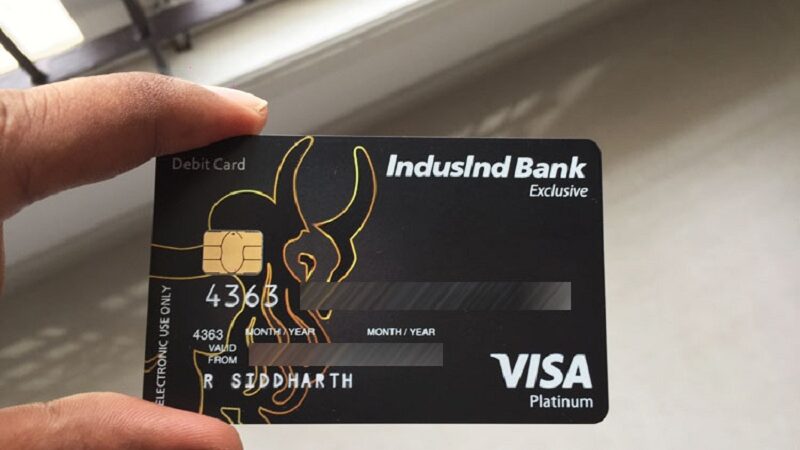Mobile Pay Security Pitfalls: How to Keep Payments Safe

Mobile payments offer immense convenience for consumers to tap phones as payment methods. However, it also introduces unique security challenges that merchants must address to keep financial data safe. From mobile wallet breaches to device tampering and user behavior risks, managing threats requires a proactive approach across staff, customers, and technology controls.
Insufficient Staff Security Training
Like most system vulnerabilities, staff represent the easiest data access point for thieves leveraging social engineering tricks. Mobile pay apps store actual credit card numbers, so hackers using urgency or impersonation could persuade retail workers to process fraudulent transactions. Comprehensive staff training on verifying identities before payments, cross-checking government IDs and mandatory manager approval for sizable purchases better secures environments. Set PIN entry requirements for all mobile pay transactions as an extra authorization barrier.
Customer Distraction Open Doors
Another weak point stems from consumers themselves being distracted or rushed during payments. Fraudsters bump into marks purposefully to swap their victim’s high-end smartphone with an identical prepaid device already authorized for tap-to-pay. Retailers must train cashiers to closely observe mobile payment interactions and mandate additional identity verification periodically to combat tactics like bite-and-switch theft.
Compromised Mobile Devices
When cyber thieves successfully infiltrate mobile devices through malware or remote access hacks, mobile wallet data gets jeopardized instantly. Warning customers of public Wi-Fi risks, phishing links and monitoring devices for unusual activity empowers vigilance. Retailers should confirm government IDs more frequently when phones seem possibly compromised based on other user behavior flags. Protecting data requires securing endpoints.
RFID Skimming & Reader Attacks
The radio frequencies powering tap-to-pay transactions also introduce risk if intercepted illegally. Hackers leveraging RFID or NFC readers could capture payment credentials mid-transit when consumers present mobile devices. Retailers accepting such payments must recognize threats like digital pickpocketing and train staff accordingly on spotting reader equipment tampering.
Weaknesses in Mobile Wallet Apps
Mobile pay apps themselves represent targets if their developers cannot address vulnerabilities rigorously through routine penetration testing and security patching. Like any software, latent defects open doors to data theft. Poor mobile app security also provides access to linked financial accounts once hacked. Users should enable automatic app updates, view ratings, verify publisher legitimacy and scrutinize privacy policies before enabling tap options.
Unsecured Device Storage
Locally stored payment credentials that bypass multifactor authentication pose a straightforward target if phones get lost or stolen. Despite built-in phone locks, skilled thieves crack codes quickly. Customers enabling mobile wallet apps should ensure other layers of identity verification required for purchases, wipe phones remotely if missing, and consider keeping payment cards stored in hardware-encrypted secure elements inaccessible to applications.
Limited Fraud Protection
Banks inconsistently extend payment fraud protections for mobile pay transactions depending on apps and card brands involved. Providers issuing tokenized card data for tap payments may dispute covering unauthorized usage – leaving account holders or retailers disputing charges without recourse. The experts at Outseer.com say that merchants should clearly communicate limited recourse scenarios upfront to manage disputes.
Minimal Transaction Oversight
The tap-and-go experience provides little contextual oversight for evaluating risk compared to online ecommerce transactions with more data elements. Mobile pay transactions offer limited identifiers like device type and location to confirm legitimacy – unlike IP addresses, shipping addresses and browser fingerprints online. Introducing additional user verification through PIN entry or other prompts at least identifies theft rapidly when criminals use stolen phones for illegal usage.
Conclusion
As mobile payments achieve further adoption, proactively managing threats introduced by increased mobile transaction volumes proves essential for both consumers and merchants alike. Convenience need not equate to negligence. Taking a holistic and vigilant approach to mobile POS environment protections pays dividends through years of payments made safely.






